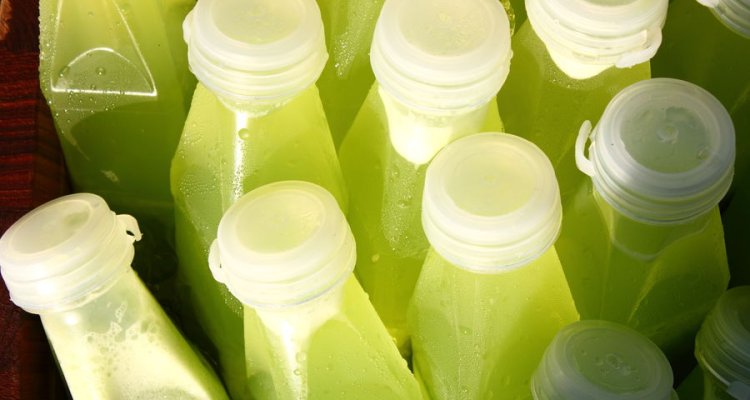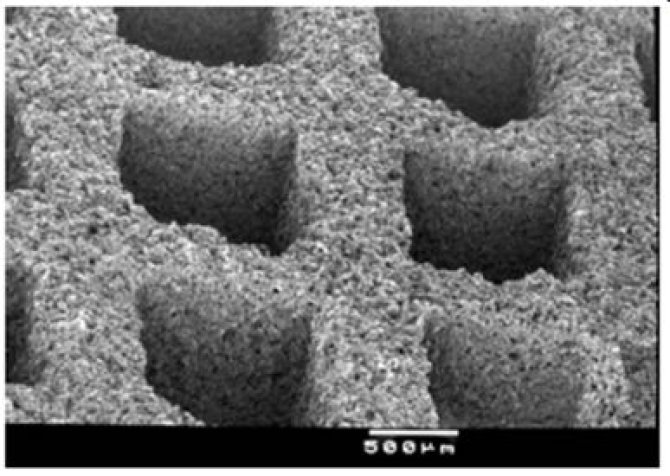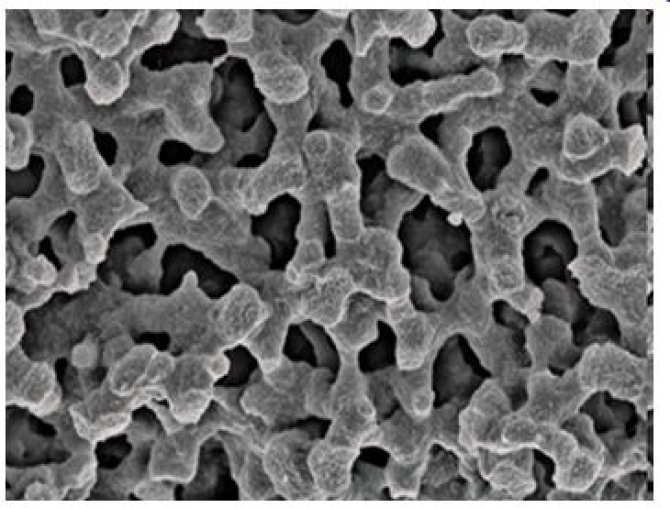
Project
Affinity separation using microstructured systems
By Marta Rodriguez
Introduction
Nowadays, functional peptides and oligosaccharides are important as foodstuff, pharmaceuticals or specialty products. In the food industry, these components are usually present in very large product and waste streams (>10 m3/h). These components can be separated with the use of affinity adsorption processes in which standard packed beds are most often used. However, this technology presents inconveniences while using large streams such as an elevated pressure drop and high diffusive times as the fluid flows mainly between the particles and not through them. Therefore a new process is needed involving an adsorbent with higher permeability, very large surface area and very short diffusive times.
Micro-structured systems such as monoliths have already been proved in other applications. These structures are a good alternative in adsorptive separation due to their increased convective transport, small diffusive lengths and high porosity. Therefore these new systems allow higher and faster mass transfer coupled with low pressure drops.
Project aim
The development of a food grade carrier system with high throughput, low process cost (compact and affordable equipment), and low pressure drop (with limited fouling and plugging). The system should handle large streams of the food industry separating functional peptides and oligosaccharides using affinity ligands. This project aims at obtaining a window of operation for this technology as a function of the process conditions.
Approach
For a given processing capacity and using packed beds as a reference, the size and mass transfer performance of some commercially available monoliths are being compared using the characteristics of the oligosaccharides and peptides streams. In this comparison, other theoretic microstructures and monoliths found in literature are included. This comparison is based, at this stage of the project, on mathematic modelling with the determination of contact times, volume of system and pressure drop to determine the most suitable equipment for this adsorption process and to study the influence of design and process variables.


Future research will be focused on making a screening of the possible carrier systems by modelling and experimenting with them.
- Firstly, we will build an experimental setup including the immobilisation of appropriate ligands on the supports matrixes.
- Secondly, carry out binding and desorption experiments of the target molecule(s) (oligosaccharides or peptides).
- Thirdly, perform model validation and parameter estimation.
- Finally, obtain a clearer window of operation linking technologies to stream and process conditions.